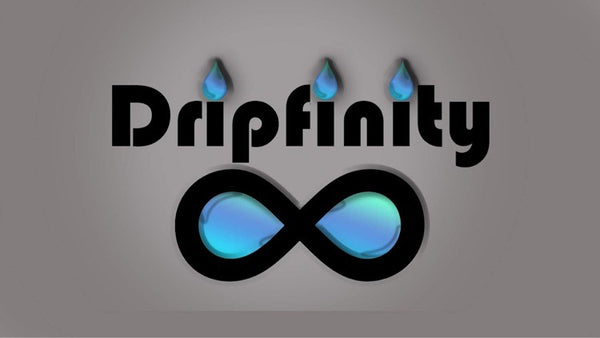The Rise of AI-Generated Art: Revolutionizing Ecommerce and Print-on-Demand
The Impact of Artificial Intelligence on the Art World
For centuries, art has been considered a uniquely human form of expression. From the Renaissance masters to the modern abstract artists, the creation of art has always relied on the skill and creativity of talented individuals. However, with the rapid advancements in technology, a new player has emerged in the art world - Artificial Intelligence (AI). AI-generated art is revolutionizing the way we create, sell, and consume art.
AI algorithms can now analyze vast amounts of data, learn patterns and styles, and generate original artworks that rival those created by humans. This has opened up new possibilities and opportunities for artists, collectors, and art enthusiasts alike. Through AI-generated art, we are witnessing a profound transformation in the art market, as well as in ecommerce and print-on-demand industries.
The Role of AI in Ecommerce and Print-on-Demand
The rise of AI-generated art has had a significant impact on the ecommerce and print-on-demand industries. Traditionally, ecommerce platforms and print-on-demand services have relied on human artists to create unique designs for their products. This often resulted in limitations in terms of variety, scalability, and cost.
By integrating AI into their platforms, ecommerce and print-on-demand companies can now offer a much wider range of designs to their customers. AI algorithms can generate an infinite number of unique designs, allowing for more personalized and customized products. This not only enhances the customer experience but also provides a competitive edge to businesses in the ever-evolving digital landscape.
The Advantages of AI-Generated Art for Businesses
AI-generated art has several advantages for businesses operating in the ecommerce and print-on-demand industries. Firstly, it allows for increased agility and efficiency in product design and development. With AI algorithms capable of generating designs in a matter of seconds, businesses can quickly iterate and experiment with new ideas.
Additionally, AI-generated art can help businesses reduce costs associated with commissioned artworks. Hiring human artists can be expensive, especially for small businesses and startups. AI offers a more cost-effective solution, allowing businesses to create unique and attractive designs without breaking the bank.
The Future of AI-Generated Art
The future of AI-generated art looks promising. As AI technology continues to advance, we can expect even more sophisticated algorithms that can accurately mimic the style of renowned artists, blur the boundaries between real and virtual, and challenge our perception of what art truly is.
Moreover, AI-generated art has the potential to democratize the art world by providing opportunities for emerging artists to showcase their work and gain recognition. Platforms like Dripfinity Immersive Art are already harnessing the power of AI to create immersive digital art experiences that captivate audiences and push the boundaries of creativity.
Conclusion
In conclusion, the rise of AI-generated art is revolutionizing the ecommerce and print-on-demand industries. With its ability to generate unique and personalized designs at scale, AI is transforming the way we create, sell, and consume art. As AI technology continues to evolve, we can expect even more exciting developments in the world of AI-generated art.
If you're interested in exploring the world of AI-generated art, be sure to check out Dripfinity Immersive Art, a platform that showcases immersive digital artworks created using AI algorithms. And if you're a business looking to leverage the power of AI in ecommerce and print-on-demand, WondrAI offers AI-powered solutions that can help you streamline your processes and offer unique and personalized products to your customers.

